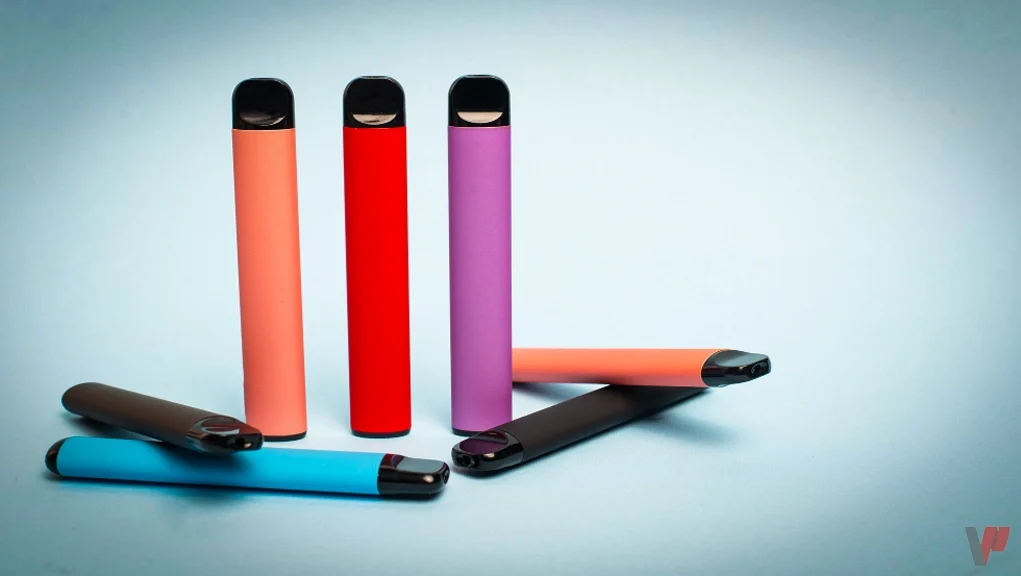
While the UK's vape laws aim to protect youth, poorly balanced measures could drive adult vapers back to smoking, ultimately undermining public health.
As the UK’s 2025 ban on disposable vapes takes effect, the nation’s vaping landscape is undergoing its biggest shake-up in years. Aimed at reducing environmental waste and addressing youth uptake, the new restriction has left millions of adult vapers searching for legal, practical, and satisfying alternatives. For many, the challenge is avoiding a return to smoking, while navigating a market suddenly stripped of the products that helped them quit.
Some vape brands are of course seeking ways to fill this market gap, for instance Eliquid Base, has launched fully compliant prefilled pod kits—devices designed to replicate the simplicity and flavour of disposables while staying within UK regulations and offering a more sustainable, cost-effective future.
Eliquid Base’s pod kits retain everything that made disposables so popular—portability, convenience, flavour variety—but in a rechargeable, eco-conscious format that meets the Tobacco Products Directive (TPD). Instead of throwing away an entire device, users simply swap pods, drastically reducing waste.
Research conducted by another manufacturer, ELFBAR, in July 2025, indicated that consumer behaviour is shifting rapidly in the wake of the disposable vape ban. A significant 85% of regular vapers have now switched to using reusable devices. Among those who previously used ELFBAR and Lost Mary products, 84% are purchasing refills rather than entirely new kits, indicating a strong move toward more sustainable habits.
With awareness comes the need for sustainable solutions
Encouragingly, public awareness around proper disposal is also high, with 77% of respondents aware that pods and devices should not be thrown into regular bins. The findings suggest that many consumers are adapting well to the changes, driven by factors like similar pricing, familiar product design, and a growing focus on environmental sustainability.
However, the data also highlights some concerning trends. About 26% of former disposable vape users have either turned to illegal vape products or returned to smoking, signaling a potential public health setback. In addition, 22% of respondents have noticed illicit vapes being sold in their local area—a figure that has increased since late 2024. Compounding the issue is a growing wave of misinformation, with over half of surveyed adults (51%) now believing that vaping is equally or more harmful than smoking.
This misconception threatens to undermine the role vaping can play as a harm-reduction tool for adult smokers, and of course reflects a worrying trend for harm reduction advocates. Despite the NHS reaffirming that vaping is significantly less harmful than smoking, sensational headlines and selective interpretation of studies are muddying public perception.
A recent example comes from the much-publicised Mongilio et al. 2025 study, which claimed that a third of UK teenagers who vape could go on to smoke. As behavioural scientist Dr. Arielle Selya points out, the study’s own data actually showed youth smoking rates declining from 33% (1974) to just 12% (2018). The “one-third” claim was not a direct measurement but a projection based on risk profiles—an important distinction lost in much of the media coverage. Such distortions don’t just misinform; they can actively harm public health by deterring smokers from switching to safer alternatives.
Moreover, with environmental responsibility being one of the ban’s stated goals, many THR experts question why access to recycling remains such an issue. While over 10,000 vape recycling points exist and retailers have take-back obligations, 52% of surveyed vapers said there need to be more convenient drop-off locations, while 49% rightly highlighted that retailers should have in-store recycling bins. With so many now on refillable and pod systems, better infrastructure could help cement these gains.
The push for further restrictions
Meanwhile, the disposables’ ban is not the only regulatory shift on the horizon. The upcoming Tobacco and Vapes Bill, scheduled for full implementation by January 2027, will introduce a “smokefree generation” law, prohibiting the sale of tobacco to anyone born after January 1, 2009.
Alongside this landmark change, some members of the House of Lords are pushing for additional measures, such as mandatory Bluetooth-enabled age-verification chips in vapes that would remain locked until connected to a verified app and restrictions on vaping in certain locations like schools and hospitals.
Some are also pushing for flavour limits, despite data indicating that these could push some vapers back to smoking—ASH data shows 14% would return to cigarettes if only tobacco and menthol remained. While these proposals are intended to protect young people, experts warn they could inadvertently undermine harm-reduction efforts for adults if not implemented with appropriate safeguards.
Regulation could drive innovation—if done right
While the ban on disposables has disrupted established habits, it could also spur innovation. For harm reduction advocates, the goal is clear: support smokers and vapers with truthful information, accessible legal products, and a regulatory environment that minimises unintended consequences like black-market growth and relapse to smoking.
As Eve Peters of ELFBAR puts it, “Supported by the right policy measures, we can build on recent progress, help more smokers switch to less harmful alternatives, and keep the UK on track to achieve its smokefree goals.”
The question now is whether policymakers will balance youth protection, public health, and environmental aims with the need to keep safer nicotine products both legal and appealing for the millions who rely on them to stay smoke-free. Because when bans are followed by innovation, education, and access—not fear, misinformation, and restriction—that’s when real harm reduction happens.
